KMZ factory calendar 1992
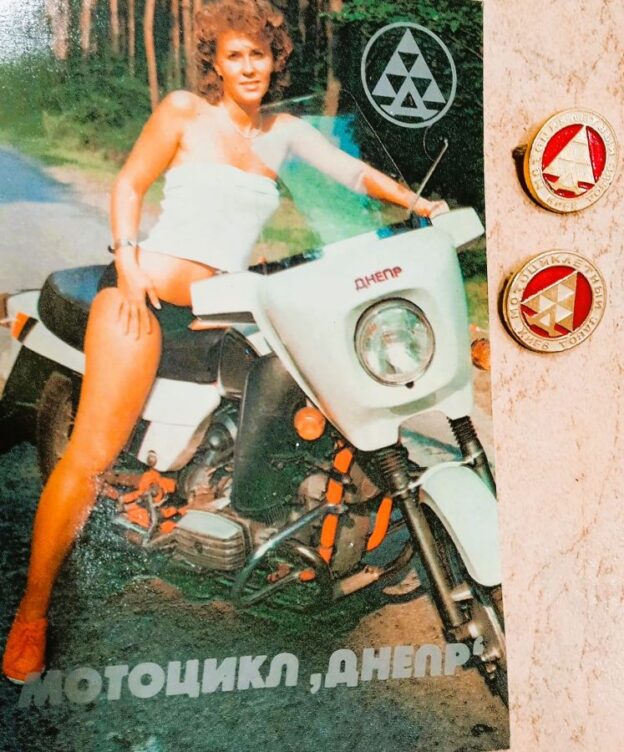


KMZ factory calendar 1992
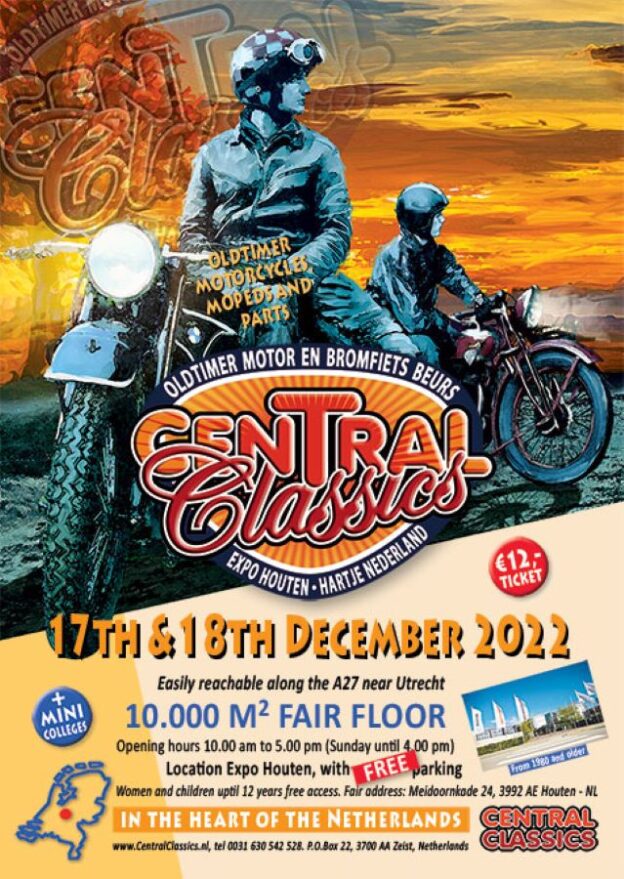
Central Classics Motorcycle Expo
In the heart of Holland 17-18 December 2022
UDCN will display at Clubstand 254
A chance to see one of Cat’s M-72, maybe even meet!
website: https://www.centralclassics.nl/
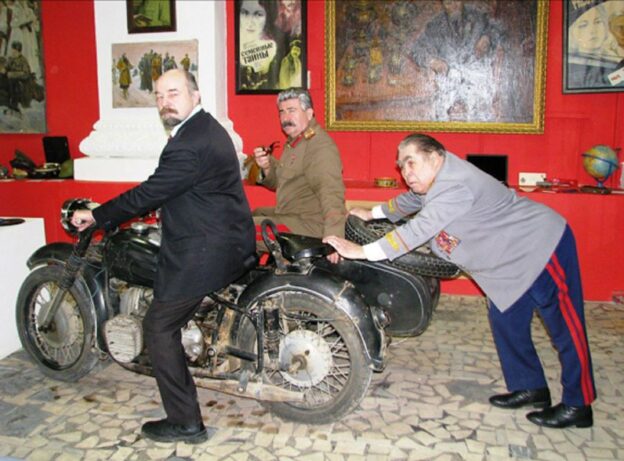
A classic scene!
source: Morihisa Ochi
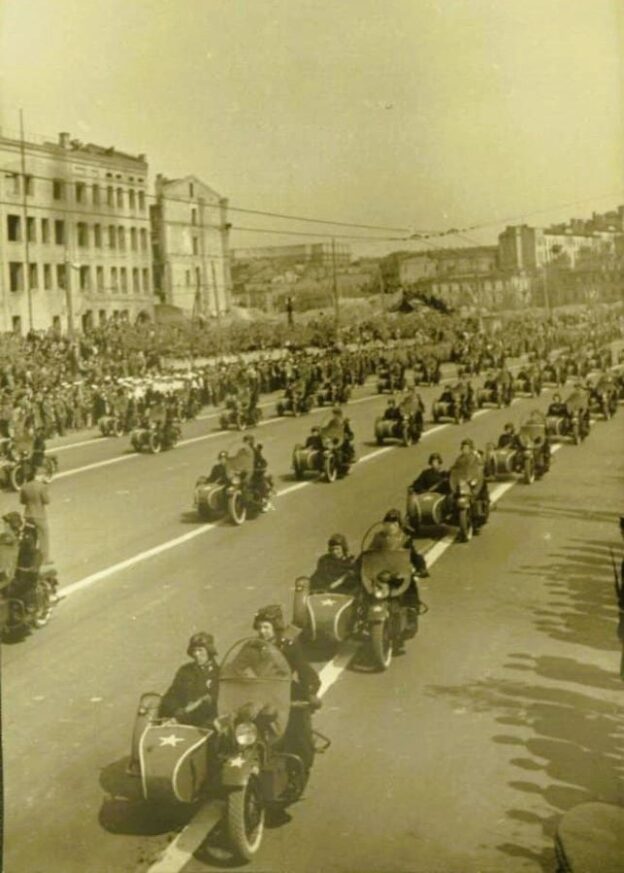
1945 Parade in Kyiv.
Motorcyclists of the Red Army on Harley-Davidson WLA-42 with sidecars from M72.
source: Олег Омельницкий
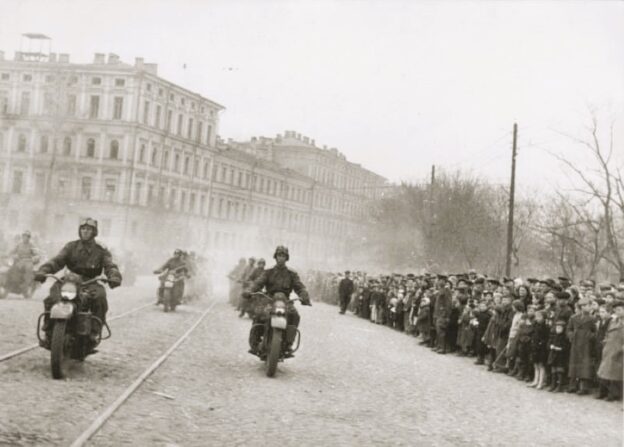
Motorcyclists of the Red Army on Harley-Davidson WLA motorcycles supplied to the Soviet Union under the Lend-Lease agreement during WWII. Over 30,000 WLA’s were supplied to the USSR during the course of the war.
(this image taken in Kyiv.)
source: Олег Омельницкий

Friday photo: Jawa Girls.
photo from Max R.
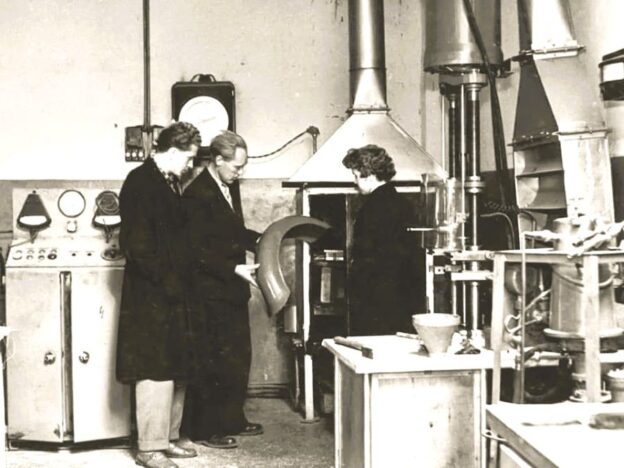
An image from KMZ circa 1960 showing quality control inspection of a motorcycle mudguard. The quality of finish must be perfect to pass the quality inspection.
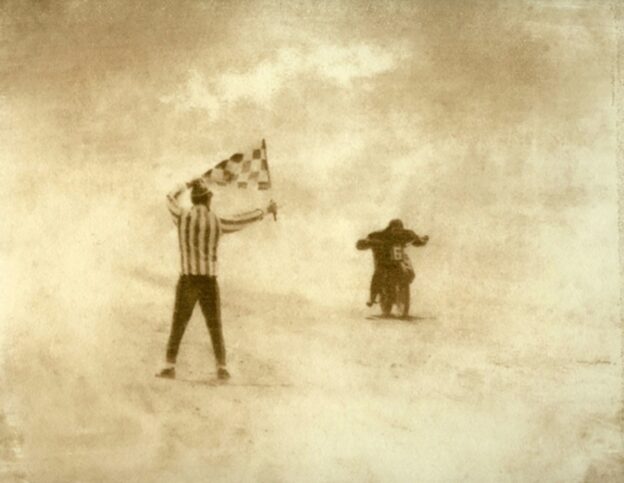
Racing flags are traditionally used in auto and motorcycle racing and similar motorsports to indicate track condition and to communicate important messages to racers. Typically, the starter, (sometimes referred to as the grand marshal) of a race, waves the flags atop a flag stand located at the start/finish line. But the most well-known is the chequered flag.
The chequered flag (or checkered flag, USA) is displayed at the start/finish line to indicate that a race is officially finished. At some race circuits, the first flag point will display a repeat chequered flag (usually on the opposite side of the circuit). The flag is associated with the winner of a race, as they are the first to “take” the win, (in other words, to pass) the chequered flag.
Upon seeing the chequered flag and crossing the finish line, participants are required to slow to a safe speed, and return to their pit garage, parc fermé (French: “closed park”), or paddock, depending on the applicable regulations of the series. Some pits are just that, pits.
Status flags are used to inform all racers of the general status of the course during a race. In addition, green, yellow, red. black and other flags may in modern racing, the waving by marshals and flags, be augmented or replaced by high-intensity lights at various points around the circuit.
There is no standard design for the chequered flag. Although it nearly always consists of alternating black and white squares or rectangles arranged in a chequerboard pattern, the number, size, and length-width proportions of the rectangles vary from one flag to another. Also, the chequered flag typically has a black rectangle at the corner of the flag closest to the top of the flagpole. There have been instances of the black and white squares being painted onto a wooden board and simply held up for participants to observe at the finish line.
It is said the chequered flag originated in 1906 at the Glidden Tours, a road rally held by the AAA in the USA. Sidney Walden divided the courses into sections; the time check at the end of each section was performed by race officials called “checkers”. These checkers used chequered flags to identify themselves.
The earliest known photographic record of a chequered flag being used to end a race was from the 1906 Vanderbilt Cup race held in Long Island, New York.
There is a persistent urban legend claiming that the flag originated in horse racing, but there is no basis for this myth. Another myth claims that the chequered flag’s earliest known use was for 19th century bicycle races in France, but this claim also has no evidence. Another suggestion is that excited ladies waved a chequered tablecloth to indicate to the spectators and racers that the racing was over and it was time to come and eat. But who can tell the now distant past?
The waving of twin chequered flags at the end of a race is also sometimes used. This tradition was accredited to USAC Duane Sweeney at the Indianapolis 500 in 1980 by waving twin chequered flags vigorously at the end of the race. Previously, only a single flag had been used.
In some instances, the winner is handed the chequered flag to celebrate the win with a victory lap.
Today the chequered flag is not only used for racing but has become a representation of the automotive industry itself.
Racing’s Holy Grail is the Chequered flag.
Retrieved from the lost archives by JD. Artist/photographer unknown, it is a great picture!
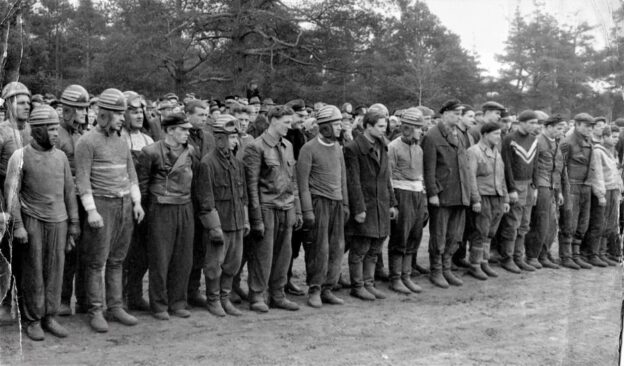
Raceday parade of riders.
Anyone know which location? What year?
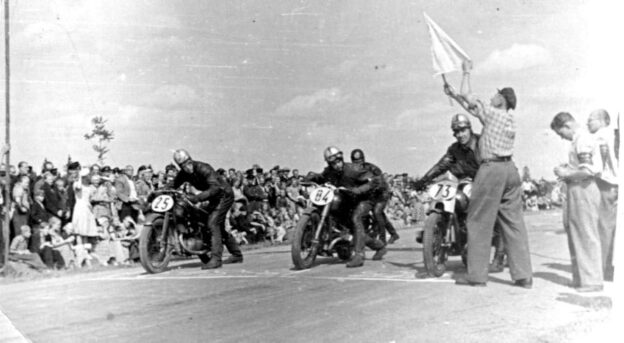
Starting grid Izh vs opposites! 1954